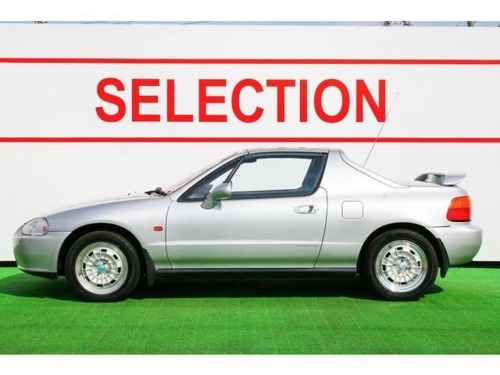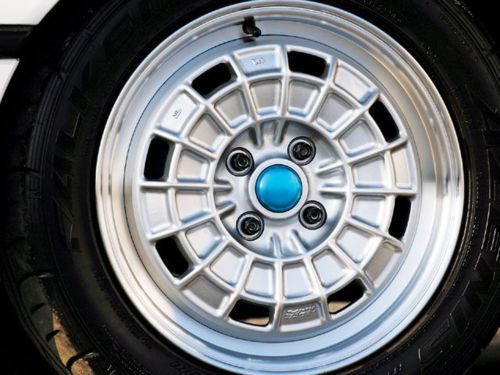Through countless limited editions, derivatives and collaborations the (BMW) Mini has been unashamedly bastardised to within an inch of its life. So hackneyed and omnipresent has the once leftfield Mini become that it is now on the verge of falling from grace as the hipsters' default mode of transport.
However, should the Mini topple from its lofty perch atop the oh-so-trendy supermini pile, there is a chic young Gallic pretender waiting in the wings to assume the Mini's throne - the Citroen DS3. With youth on its side, and a trendsetting design that blazes a trail into the future rather than paying homage to the past, the DS3's star is tracing a rapid upward trajectory. Even as Citroen head off down the same treacherous path as Mini and attempt to bolster the DS3's cult status with a deluge of limited editions and collaborations, the DS3's sheen remains untarnished. DS3 Black, DS3 White, DS3 Racing; with the introduction if each successive variant the DS3 becomes ever more alluring, and its canonisation as a true design icon draws that little bit nearer.
With the launch of Citroen's new collection of Orla Kiely-designed special editions however, the DS3 has perhaps reached the apogee of cool. Add bold, brightly-hued leaf and acorn motifs to the roof of any other vehicle, and you would automatically render it unsaleable to all bar the most famished of squirrels. It is therefore a testament to the design integrity and innate coolness of the DS3 that it carries off such idiosyncratic visual flourishes with aplomb. In addition to a choice of four vibrant roof designs, showcasing the Irish designer's signature stem and acorn patterns, the Orla Kiely collection cars also feature her distinctive emblem on the rear windows and exterior badges, while the interior reveals Orla Kiely embossed multi-coloured headrests and stem or acorn print carpet mats. The eye-popping carnival of colour and pattern is further supplemented by coloured wing mirrors, white or black 17-inch alloy wheels and a choice of four exterior paint tones. The overall effect can only be described as visually arresting and wholly unique.
Only time will tell if the DS3 can usurp the Mini as the king of the hatchback brat pack, but as the Orla Kiely collection attests its credentials remain in near perfect order. With both the DS3 and the Mini Countryman set to compete in this year's revised format WRC, the battle seems set to intensify.






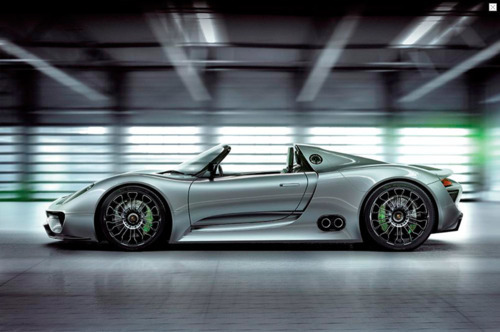 Porsche 918 Spyder - Geneva 2010 - The Concept Car of 2010?
Porsche 918 Spyder - Geneva 2010 - The Concept Car of 2010? Derelict Fisher Body Plant (Buick/Cadillac), Detroit (Photo: Sean Hemmerle)
Derelict Fisher Body Plant (Buick/Cadillac), Detroit (Photo: Sean Hemmerle)  Lamborghini Sesto Elemento @ VW Group Evening Paris 2010
Lamborghini Sesto Elemento @ VW Group Evening Paris 2010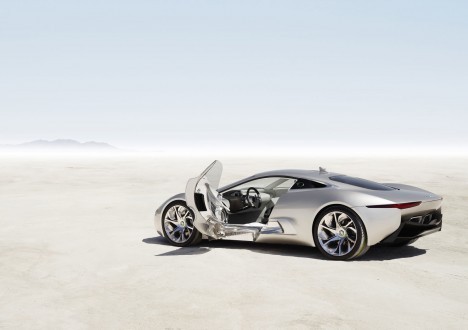 Jaguar C-X75 Range Extended EV - Paris 2010
Jaguar C-X75 Range Extended EV - Paris 2010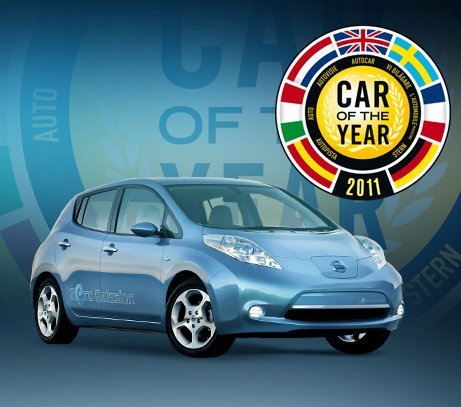 Nissan's Leaf - European Car of the Year 2011
Nissan's Leaf - European Car of the Year 2011


